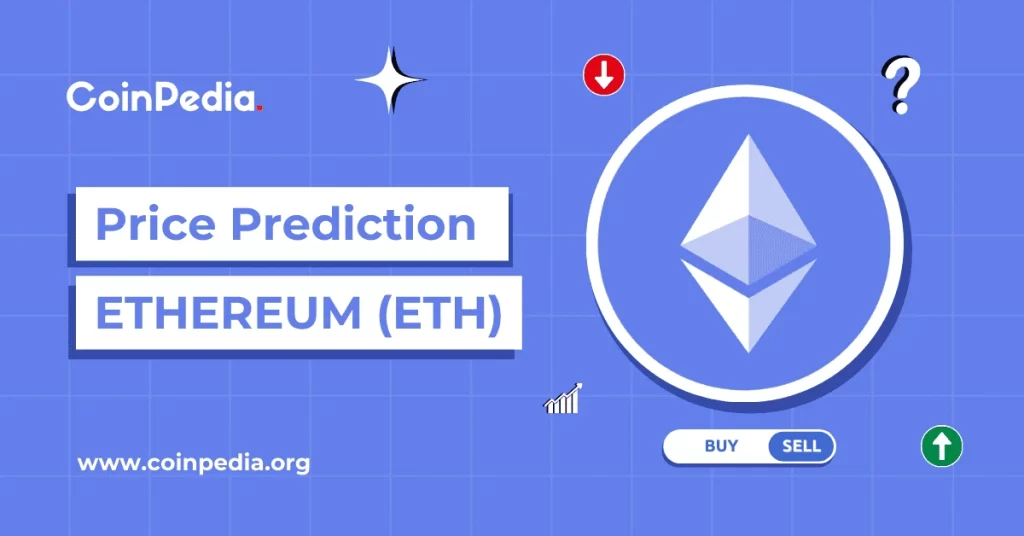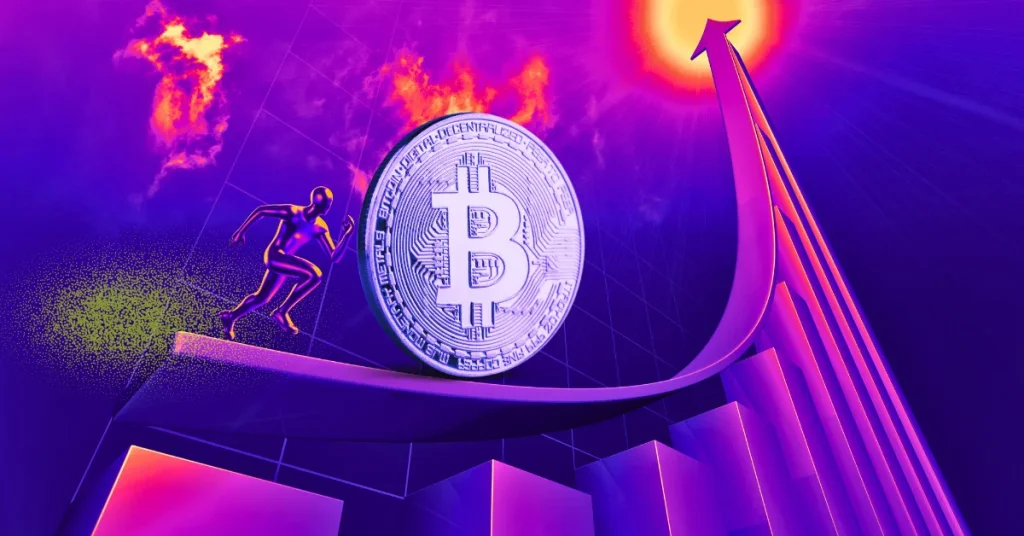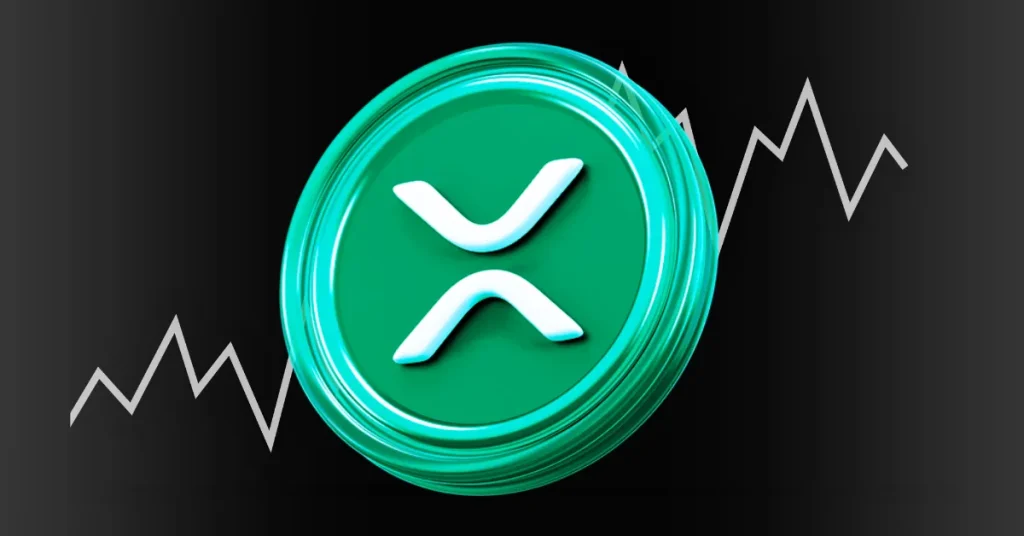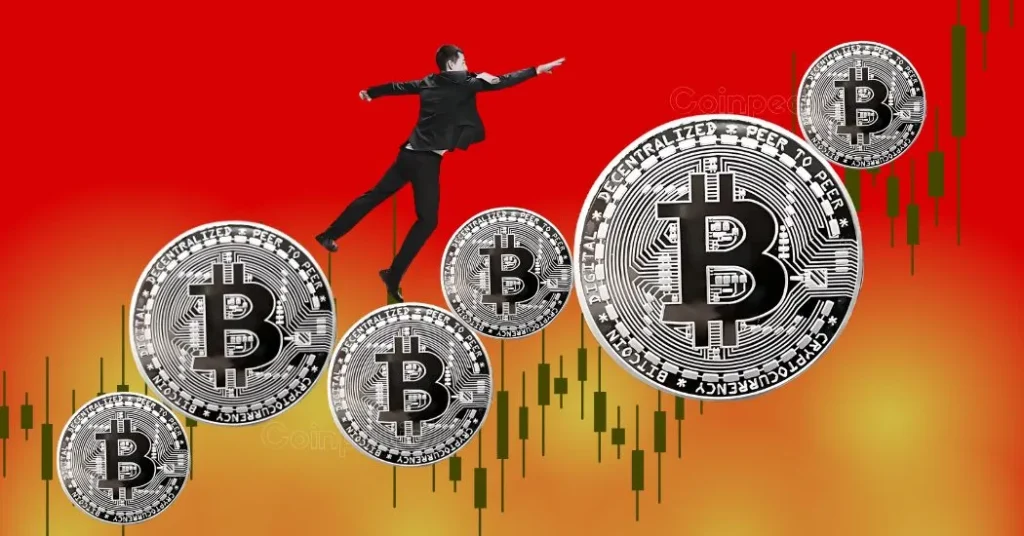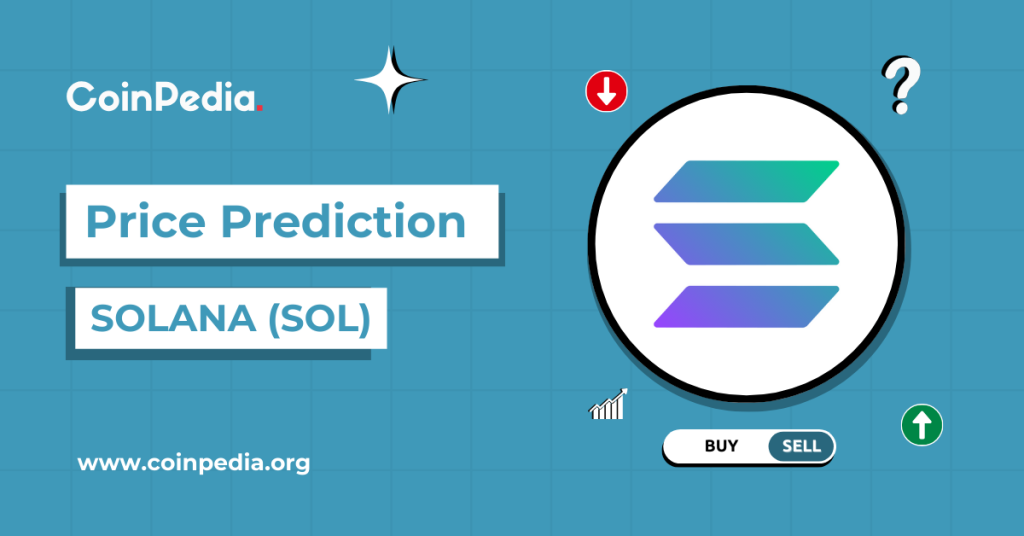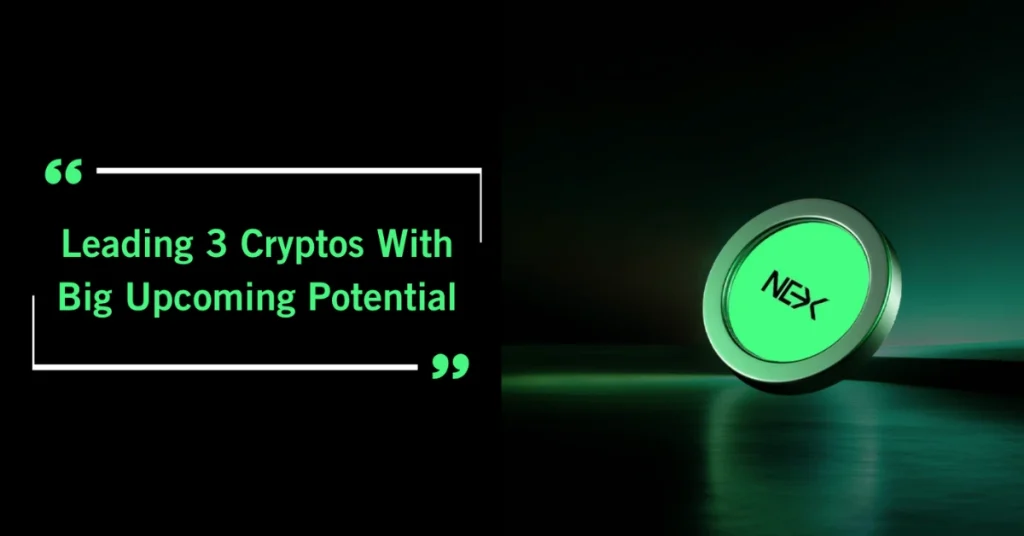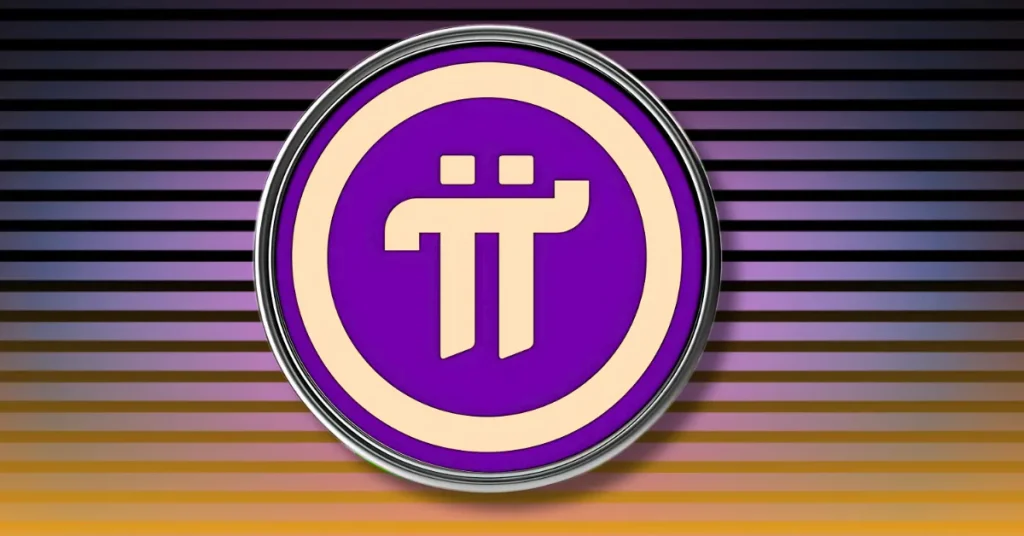Summary The PEPE token launched on Ethereum in mid-April. PEPE is a "memecoin" that has already sucked in over 100k unique wallet addresses. Ethereum transaction fees have spiked as a result and lower value chain activity has once again been priced out of the market. Larger impacts could include migration to scaling chains or alternative Layer 1 ecosystems. There is a new coin on the Ethereum ( ETH-USD ) network that is causing quite a bit of chaos within crypto. PEPE (PEPE-USD) is the latest "memecoin" to go wild and has mooned more than 4,000% since its launch in mid-April. This new coin claims to be the heir apparent to previous notable meme coins like Dogecoin ( DOGE-USD ) or SHIBA INU ( SHIB-USD ). From the PEPE website : the most memeable memecoin in existence. The dogs have had their day, it’s time for Pepe to take reign. The roadmap is vague. The tokenomics are non-existent. The performance of PEPE is either a cycle top indicator, an exit liquidity attempt of some sort, or a sign that crypto market players are bored; possibly a mix of all three. PEPE Activity There are 420.69 trillion PEPE coins in existence and the indiscriminate buying launched PEPE to a $1.7 billion market cap high on May 5th. In less than a month after having launched the coin, PEPE has already surpassed 144k unique wallet address holders and 848k transactions: PEPE Holder Trend (Dune Analytics/wuligy) Even when accounting for the high likelihood of wash trading, PEPE volume has transacted well over $1 billion in "real volume" according to data from Messari. This surge in PEPE chasing has had consequences on the Ethereum blockchain. The Impact on Ethereum Regardless of what ultimately happens with this new joke crypto coin, the reason PEPE is significant is because of what has happened to Ethereum gas since the coin's launch last month: Daily Median ETH Gas (Dune Analytics/hildobby) In the weeks leading up to the PEPE launch, the median gas price on Ethereum generally oscillated between 20-40 gwei. That average spiked to 142 gwei on May 5th and has remained above 100 gwei since. In dollar terms, this has created an environment where token swaps on the main layer are now five times more expensive than they were in mid-April: Avg tx fees (Messari) On April 15th, the average transaction fee on Ethereum was $5.66. On May 5th, the average transaction fee hit $27.61. This means swapping from one ERC-20 token on chain to another can cost as much as $60 per transaction. These higher fees on Ethereum's main layer are one of the core reasons why alternative Layer 1 smart contract chains exist. Cardano ( ADA-USD ), Solana ( SOL-USD ), and Cosmos ( ATOM-USD ) had bull moments in 2021 in part because the NFT craze made building DeFi protocols on Ethereum so cost prohibitive for smaller value transactions. This is detrimental for most users. Alternative Chain Activity For Ethereum, the proliferation of layer 2 scaling chains was already a big driver of Ethereum ecosystem growth in 2022. If base layer transactions fees remain elevated on Ethereum, it could impact the broader crypto environment a couple different ways. First, it could push more of the activity to layer 2 solutions like Arbitrum ( ARB-USD ) or Optimism ( OP-USD ). DAU Trend (Token Terminal) So far, that usage hasn't been impacted to a significant degree by the PEPE meme lords. Arbitrum usage is still trending higher though we haven't seen a noticeable spike in the weekly DAUs trend from Optimism or Polygon's ( MATIC-USD ) proof of stake chain. These networks still require Ethereum for security and as the average transaction fees on Ethereum rise, the cost to secure the scaling chains will rise as well. L2 Fees % of Total (L2fees.info) What we have seen is the cost to secure those chains as a percentage of total Ethereum fees has trended down from over 6% in April to under 4% in May. The more that percentage goes down, the more attractive it becomes to use scaling chains rather than the base layer. The other possibility crypto investors should consider is that high Ethereum fees could once again push users to other Layer 1 ecosystems entirely. So far, we're seeing a surge in DAUs this month in several alternative chains: Average DAUs April May Change Solana ( SOL-USD ) 125,087 255,992 104.7% Flow ( FLOW-USD ) 31,908 114,446 258.7% FantomCoin ( FTM-USD ) 42,261 59,302 40.3% Avalanche ( AVAX-USD ) 39,640 41,136 3.8% Cosmos Hub ( ATOM-USD ) 18,003 24,581 36.5% MultiversX ( EGLD-USD ) 14,916 14,016 -6.0% Source: Token Terminal Two notable stand outs since the launch of PEPE appear to be Solana and Flow. Solana has seen daily active users double in May over April and Flow has seen more than triple the DAUs over the prior month. Additional considerations But beyond just making scaling chains and alternative chains more attractive for everyday usage, one of the other things to consider from this spike in Ethereum transaction fees is the impact this kind of activity has on total ETH supply: ETH Supply (Ultrasound.money) Nearly 202k ETH has been burned since "The Merge" last September. 120k of that 202k ETH has been burned in the last 30 days and 64K of it has come in the last week alone. This fee burn mechanism is a result of EIP-1559 . The end result of this is ETH has become a deflationary crypto asset. Data by YCharts In the longer term, less supply of ETH could increase the price of the coin should the chain's level of activity remain constant or rise. Though it's too early to tell if that will indeed be the case. Risks Ethereum continues to be one of the most widely used blockchains in the entire crypto industry. But there is still quite a bit of regulatory uncertainty surrounding how it is viewed in the eyes of US regulators. The CFTC says it's a commodity. The SEC has hinted that it is a security. Ethereum is quickly becoming one of the battlefronts for US regulators that are fighting over jurisdictional authority. The idea that silly meme coins like PEPE can create such a large ripple effect that is theoretically detrimental to other utility of the chain is definitely something crypto investors should consider. Summary Much like Ordinals on Bitcoin ( BTC-USD ) which is going through a very similar transaction fee event, the PEPE moment for Ethereum is showing again how quickly fees can make the network unusable on the base layer for most people. We saw a similar thing happen during the NFT craze of late 2021 and early 2022. For Ethereum, there is a possible feedback loop where ETH's price actually keeps going higher as more supply is burned. In my view, concerns about the sustainability of that are valid.




